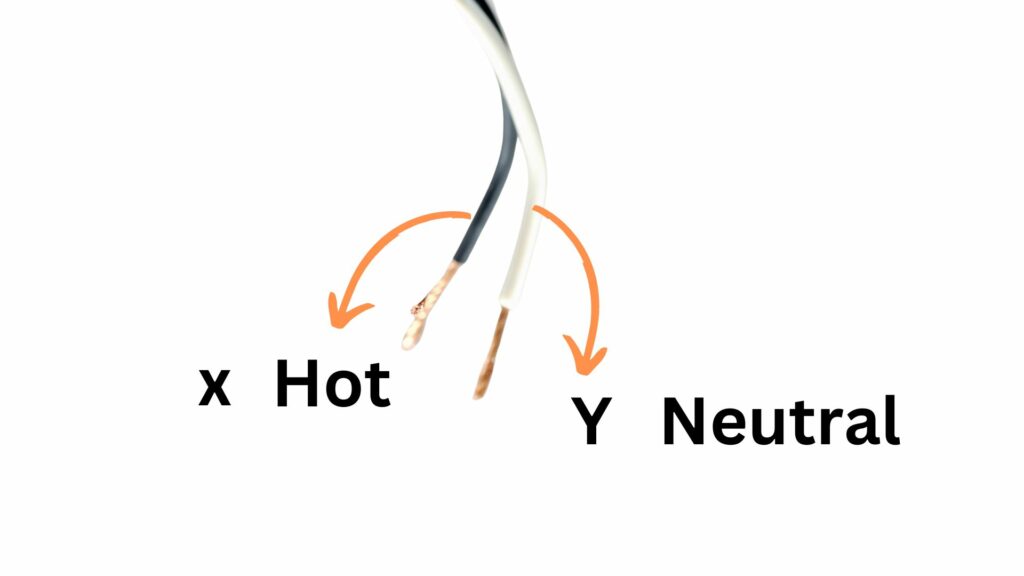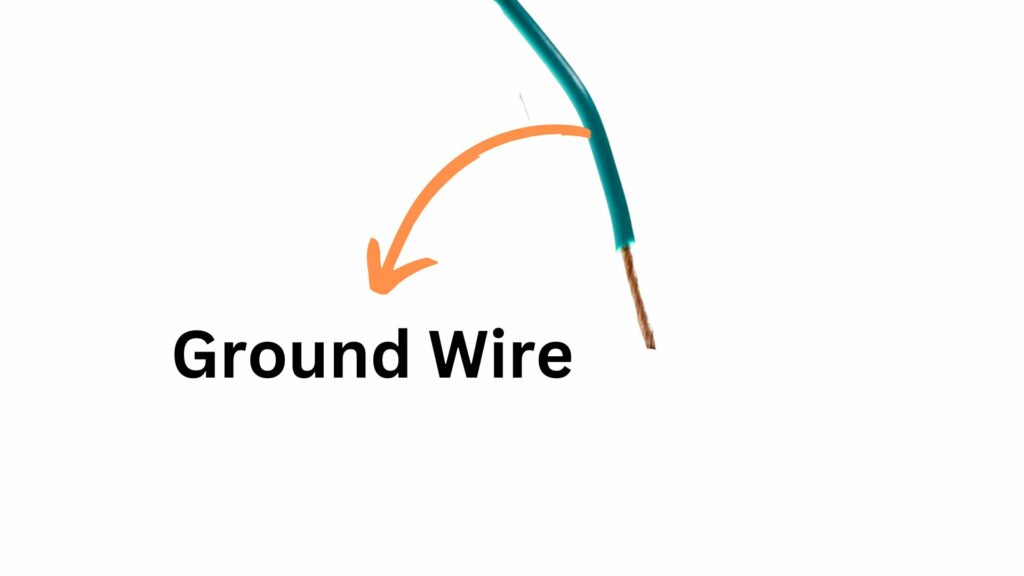People have grown to associate electrical wires with specific colors. Therefore, X and Y labels always confuse them because they don’t know what these markings mean. Fortunately, anyone that understands color codes and electrical wiring, in general, can use X and Y wires and terminals.
Circuits typically run on three wires. The hot wire brings power from the panel. The neutral wire takes that power back while the ground provides an alternative path for the excess current. You have one of each.
But what about systems with two hot wires, one ground, and one neutral line? These also exist. If you’re trying to wire a plug or socket, you may see G, W, X, and Y.
G is what you expect. This is the ground, and it protects the system from surges, spikes, and short circuits. W is neutral. X and Y are the hot conductors.
X has a potential of 120V. Y is the same (120V). Combining these two lines gives you 240 volts. If you’ve ever wondered how a country like the US that uses 120V systems runs 240V appliances, power enters the average home on two 120V legs.
Combining those legs provides the 240 volts the heavy-duty appliance requires. You are more likely to see X, Y, W, and G in heavy 240V machines. You can use either X or Y to operate a 120V device or both to accommodate 240V items.
It doesn’t matter whether you use X or Y. The key is to maintain consistency. Three-phase systems feature X, Y, and Z wires. Keep the phase in mind while interpreting these labels.

What Color Is X And Y In Electricals?
Laypeople rely on color codes to identify wires and their functions because color codes are so much easier to interpret. Although, color codes can also create confusion because they can change with each region.
Additionally, regulatory bodies can update color codes. In other words, the meaning can change every few years. Therefore, you could make significant mistakes even if you are highly knowledgeable about color schemes.
This is why manufacturers encourage laypeople to consult professionals. First of all, experts usually remain abreast of changes in color codes. Secondly, their experience can compensate for their ignorance in this area.
It is worth noting that X and Y wires have unique colors. They are both hot. Black typically points to the live wire. But that doesn’t mean both X and Y are black. Black is the primary live wire in a 240V system.
Y is the secondary hot, and it comes in red color. But again, X and Y are interchangeable. It doesn’t matter which conductor you connect to the terminal. Therefore, the terms ‘Primary Hot’ and ‘Secondary Hot’ are interchangeable.
However, don’t expect this information to apply to every situation. For instance, a scenario in which X was black and Y was white. Here, X was hot while Y was neutral.

This is different from the ground. Contractors routinely mistake neutral for the ground because of confusing terms such as ‘Ground’ and ‘Grounding.’ While the ground is typically green or bare, you occasionally find it in blue.

I encourage consumers to use blue for the ground but only if green is absent. As you can see, conversations regarding color schemes are never as straightforward as they seem.
Find your country’s color scheme handbook and read it. The handbook will tell you the correct colors for X, Y, Z, W, and G. You don’t want to connect ground to hot accidentally. Doing so will send sparks flying. Don’t be surprised if you start a fire.
What about using the neutral as the ground or vice versa? Or even mistaking the ground for the hot? Even if you avoid potentially lethal accidents, your inspector will penalize you. They take such mistakes seriously.
Building, fire, and electrical codes exist to prevent potentially fatal accidents. Don’t expect the local authorities to apply leniency.
But what if you’ve failed to differentiate between the different wires? What if the color codes don’t make sense to you? Start by finding the hot wire. This is the most dangerous conductor. You are less likely to make risky mistakes once you locate the live wire.

Connect the exposed wires to a multimeter. The hot wire is the only line with an electrical current, and the multimeter will show as much. If the hot wire you’ve identified is another color besides black and red, you can either replace it with a black wire or label it with tape.
This tells everyone that comes after you to handle the wire with care. If the live wire is black or red, the other wires may also follow conventional color schemes. A multimeter will confirm this theory.
If you’re searching for the neutral, the absence of readings (0 volts) will take the X and Y lines out of the running. If you don’t understand the multimeter’s readings, consult a professional electrician.
What Color Wire Goes To X And Y?
The ground and neutral wires are the most straightforward because they run to the green and silver screws, respectively. The hot wires are equally straightforward because they connect to the brass screws in a plug or outlet.
The confusion only arises when both X and Y represent hot wires. But again, it doesn’t matter which hot wire you use. This applies to systems that label the terminals as X and Y. You can connect the hot wires to any terminal.
The terminal cannot differentiate between the primary and secondary hot wires. If you only need one wire, connect it to the brass screw and cap the other one off.

